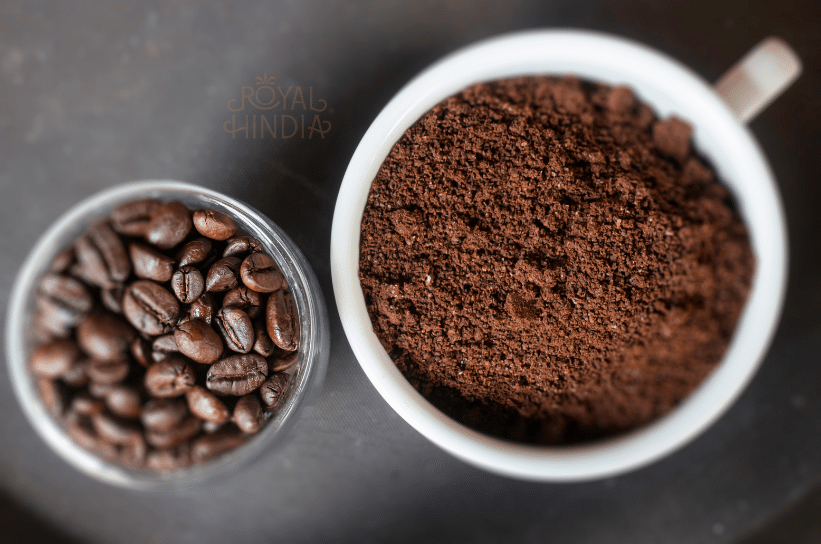House Blend Coffee — Coffee has become an inseparable part of daily life for people around the world, including in Indonesia. Among the many types and brewing styles out there, house blend coffee—a unique blend crafted by a specific café or roaster—holds a special place in the hearts of many coffee lovers. The term house blend refers to a mix of coffee beans specially created by a café, roaster, or coffee brand to produce a signature flavor profile that represents their identity.
Typically, a house blend is made by combining two or more types of beans from different regions or varieties. The goal? To achieve a perfect balance of flavor, aroma, and body. For example, a mix of bold, earthy beans from Sumatra and fruity, floral beans from Ethiopia can create a rich, layered taste experience. The blend reflects the philosophy and personality of the roaster or café owner—it’s their way of standing out from the crowd.
Besides being a smart branding move, a house blend also gives customers a whole new coffee experience. For many, tasting a house blend feels like getting to know the roaster’s personal “signature.” That’s why some coffee lovers keep coming back to their favorite spots—just to enjoy that one-of-a-kind blend.
Character and Quality of a House Blend
Creating a great house blend in Bali starts with choosing beans from different origins, each with their own unique traits. Roasters taste a variety of beans to understand each one’s flavor profile—from acidity and body to aroma and aftertaste. Then, they experiment with different combinations and ratios to find the right harmony. This process takes both precision and intuition, because even small changes in the blend can lead to very different results.
Once they’ve got the right combination, the beans go through the roasting stage. The roast level plays a big role in the final taste, so it has to match the character of the blend. For example, blends with bright acidity often work best with a medium roast to keep everything balanced. After roasting, the coffee is cupped (tasted) again to make sure it meets expectations. This whole process might be repeated several times until everything tastes just right.
When it comes to evaluating the quality of a house blend, here are a few key things to look for:
Flavor Balance
A good house blend should be well-balanced—no single flavor should overpower the others. Bitterness, acidity, and sweetness should complement each other, creating a smooth and pleasant experience. If one note is too dominant, like excessive acidity or harsh bitterness, it could mean the blend needs more fine-tuning.
Aroma
Aroma is a big part of what makes coffee enjoyable. High-quality beans release inviting, complex scents like fruity, chocolaty, nutty, or floral notes. On the flip side, a dull, musty, or papery smell could mean the beans aren’t fresh or weren’t stored properly.
Body or Texture
Body refers to how the coffee feels in your mouth—light, medium, or full. A great blend usually has a full, smooth body that feels rich but not heavy. This texture is the result of a well-thought-out mix of beans that work well together in terms of weight and structure.
Flavor Consistency
One of the marks of a truly professional house blend is consistency across batches. Even when produced at different times, the flavor should remain steady. This shows that the roaster has solid quality control and knows their beans and process inside out.
Top House Blend Coffee Recommendation
A house blend isn’t just a random mix of beans—it’s a thoughtful creation that showcases a roaster’s creativity and skill in building a unique, harmonious flavor profile. By combining beans from different regions, a good house blend offers something more than a single-origin coffee: a layered, consistent, and personal taste experience that represents a café or brand’s identity.
When choosing a house blend, it’s worth paying attention to things like flavor balance, aroma complexity, body, and how consistent the coffee tastes over time. A great blend doesn’t just taste good in one brew—it should shine across different brewing methods too. A house blend also speaks to a brand’s commitment to quality and originality, making it an important benchmark in the specialty coffee scene.
One of the best examples of house blend coffee in Indonesia—especially in Bali—is Royal Hindia. With a thoughtful approach to sourcing high-quality local beans and crafting a well-balanced flavor profile, Royal Hindia has managed to create a house blend that’s not only top-notch but also consistently full of character. For anyone looking for a truly authentic Indonesian coffee experience with a professional touch, Royal Hindia is definitely worth a try.

